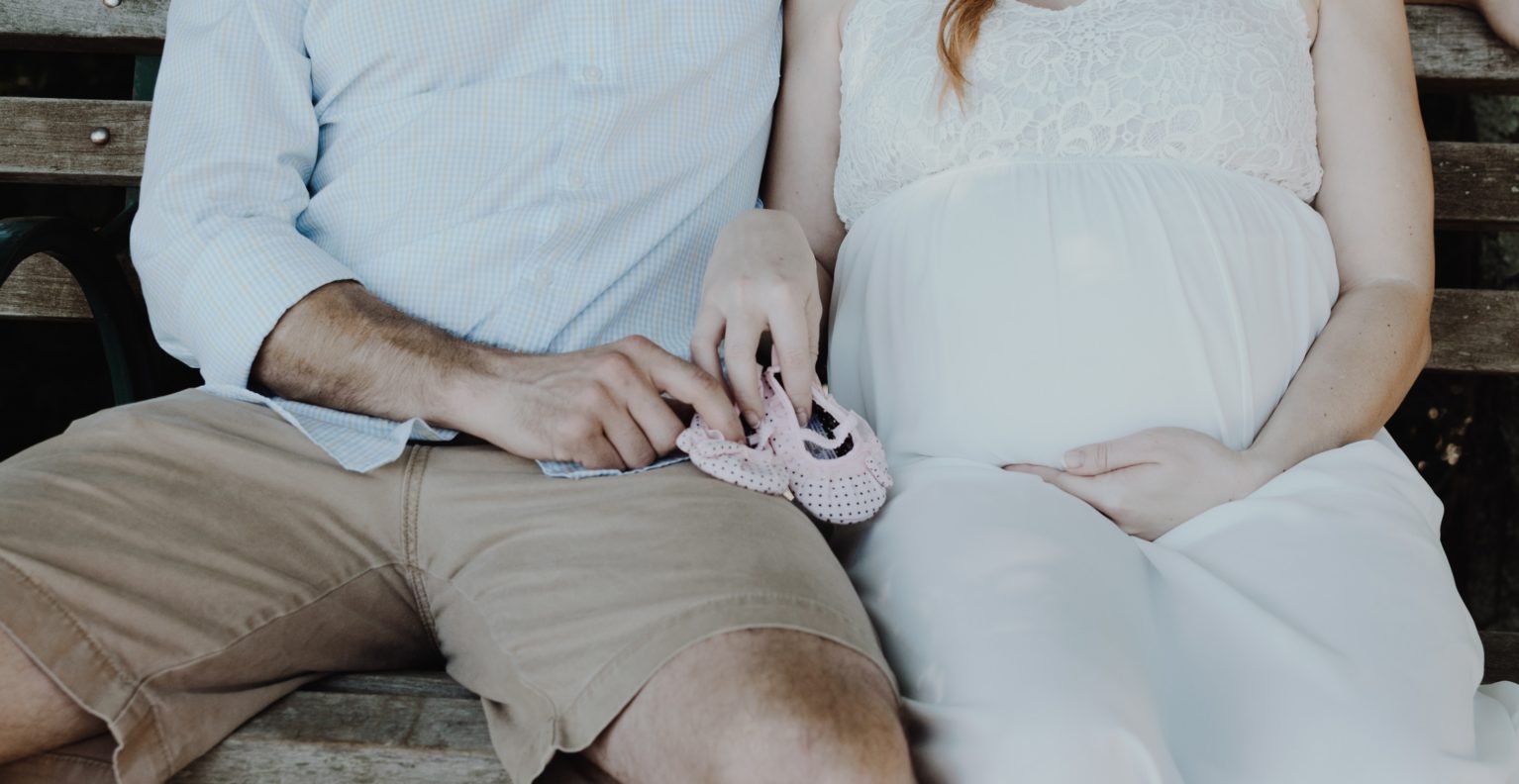Swelling & varicose veins during pregnancy
Swelling & varicose veins are common conditions seen during pregnancy.
Varicose veins
A varicose vein is defined as swelling in the veins, which bulge near the skin surface. The condition mostly affects the superficial veins of the legs. The veins appear as purple or blue in color. The condition may further give rise to itching, pain, and heaviness in the legs. The symptoms worsen in case the woman stands or sits in one position for long hours.
During pregnancy, as the baby grows there is an increase in the size of a womb. The increased size of the womb puts excess pressure on the large veins, especially on the right side of the body. This further causes an increase in pressure in the veins of the leg.
Risk factors of varicose veins during pregnancy may include:
- Family history
- Multiple pregnancies
- Long-standing periods
- Overweight/obesity
The health care provider may feel the bulged veins, especially in the back side of the lower legs (calves).
Varicose veins during pregnancy can be prevented by:
- Brisk walking daily to increase the blood circulation in legs.
- Avoiding sitting in cross-legged position for a long time.
- Avoiding sitting or standing for long periods of time.
- Avoiding lifting heavy weights.
- Raising the legs and feet while lying or sitting.
- Sleeping on the left side, because varicose veins mainly affect the right-sided blood vessels.
- Wearing compression stockings in severe cases.
- Avoiding wearing high heels.
- Decreasing the intake of sodium in the diet. This will prevent swelling of the veins.
- Drinking plenty of water and eating fiber-rich diet.
Varicose veins often get better within 3 to 4 months after the birth of the baby. Serious cases may need prolonged care. Surgery for varicose veins is usually not recommended during pregnancy; therefore, a physician should be consulted in severe cases.
Swelling (edema)
There is an increase in the body fluids during pregnancy to meet the needs of both mother and the growing baby. Therefore, swelling or edema can be usually considered normal during pregnancy. Pregnant women can have swelling on the hands, face, legs, ankles, and feet.
There is no definite time of Swelling & varicose during pregnancy. However, most of the cases have reported swelling to increase during the third trimester.
Risk factors of swelling during pregnancy may include:
- Hot weather (summers)
- Standing for a long time
- A diet lacking in potassium
- Increased intake of caffeine
- Increased intake of sodium in the diet
If there are symptoms of excessive Swelling & varicose a physician should be immediately consulted, as it could be a sign of preeclampsia (a pregnancy condition described by the presence of high blood pressure during the 20th week of pregnancy).
Swelling during pregnancy can be managed by:
- Raising the legs and feet while lying or sitting.
- Decreasing the intake of sodium in the diet.
- Drinking plenty of water to prevent water retention (which may cause swelling)
- Wearing comfortable shoes.
- Wearing compression stockings in severe cases.
- Using cold compression over the swollen areas.
- Avoiding standing for long periods.
- Avoiding going out in hot weather.
A physician should always be consulted if the above methods fail to subside swelling or there is a sudden development of swelling on the face, feet or hands.
Read More From Dr. Seema Sharma:-


